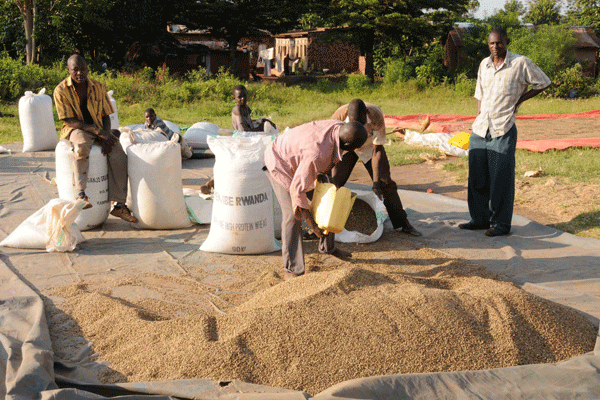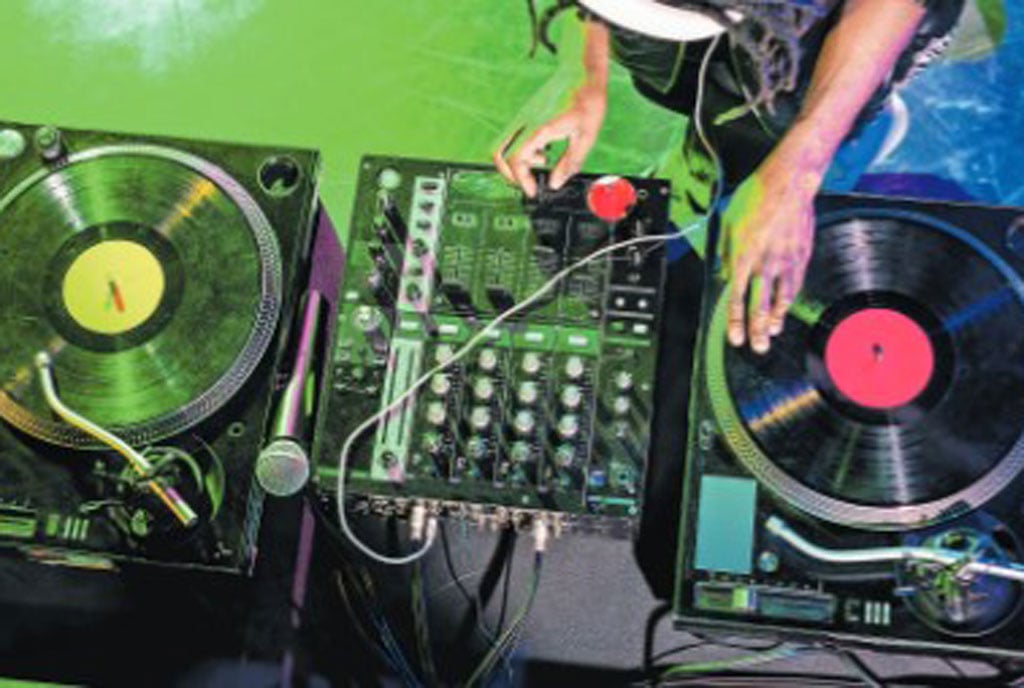Prime
How the Nile perch has evolved in size and excited our taste buds

In the rural-urban migration that has defined the evolution of our economies, I am in the very small minority of people experiencing the urban-rural migration. In rural areas, the sense of community, propriety and ownership is also defined by affinity to culture, language and customs. Only that as our society continues to grow and transform, its roots have been upended.
In the waters of Lake Victoria where I come from, the mysterious floating “cities” of dead Nile perch have consumed the attention of the locals. Fishing supply has gone in just months from over-supply, a common nomenclature in Uganda-economics to acute shortages. I have been teasing fish mongers in Seguku trying to sell me fish at Shs25,000 for a well bodied tilapia by asking them to weigh it first. These women squint at me and make faces when we reach the scale (standard used for everything else except fish) and the fish clocks in at 1.25kg. At that point, their entire kibalo vanishes and I enjoy making that final bargain for a head of fish.
However, recently, these competitive streak drove them to explain a few things to me. I kept on telling them that in Kalangala, we actually weigh fish before buying, it creates a sense of fairness. Fresh stock of tilapia has averaged Shs8,000 a kilo, and when it reaches Kampala, it is sold ex-harbour at Shs12,000 a kilo. From this, the fish women bless the fish with a markup of 100 per cent to arrive safely at the Shs25,000 a fish. Fish prices unlike beef even fluctuate during the day, allowing smart shoppers to snap fish at 4pm. Just before it starts going bad.
One things I noticed at the fishing stall is the absolute disappearance of Nile Perch. The women tell me Nile perch goes for Shs18,000 wholesale ex-harbour. In Kalangala, Nile perch has been going for Shs12,000 a kilo, a 50 per cent markup on tilapia.
Folks like my dad who grew up around fish would find it absurd if they are served Nile perch. My dad’s early years with his elder brothers were dominated by forays into the lake, taking him out to fish for meals in canoe. His father, who died when he was one-year-old, was also a fisherman. Last year, I began an experiment after finding out that the fish stew sold in most eateries in Kampala was actually Nile perch, an “abomination” first introduced in Kenya in the 1950s and then by Milton Obote in Uganda in the 1960s.
Nile perch has evolved in size, taste while retaining its other qualities, rapid regeneration, malleability even though the Nile perch remains a predator that “waits” for other fish at around bays and inlets to feed. Nile perch in its evolution is also quite “oxygen sensitive”, its bigger body requires more oxygen and any slight drops in oxygen levels in the water result in death. In the experiment, in my kitchen at the lodge, I crafted something unique to fish and chips, a standard offering in English “fish n chips” stores, which have been outpopulated by McDonalds and Burger King today. In England, fast food, meant rolled up chips, greasy with fish. A few magic things like lemon actually make the Nile perch even tastier. Last year I served my younger son, this fish and chips, and he could not have enough of it. This was one of the days when the food lasts seconds on the plate. Nile perch, unlike tilapia, does not have bones. Early this year, a high level delegation of bankers came to visit. Like my hangout at Freedom City, I quietly served them fish stew (Nile perch well-seasoned with masala). The bankers had no problem, only that they also asked for pork on the third day. Then I received another tour of high level people in the coffee industry. When I announced they were going to eat Nile perch, interest dimmed because they, like my father had grown up on tilapia.
In my days at St Mary’s College Kisubi, Nile perch dominated the contraband food market, dropped in hot oil in a kalay (a wide metal basin full of reused cooking oil). Sabulenya was eaten by people on hard times, the word itself almost a derogatory term.
But many times, due to the uncertainty on the lake, Nile perch sometimes dominate fish stands and this was until January when floating cities of Nile perch surfaced on the lake. As we sailed from one county in Kalangala (Kyamuswa) back to Buggala island after eating smoked fish for lunch, our driver began telling us how greed had now again overtaken the lake. All banks were dry. It was not kaliro as diagnosed by another member of my family working at PhD level in the fisheries and part time resident of the islands, it wasn’t an infectious bug as the fishmongers in Lutoboka said.




